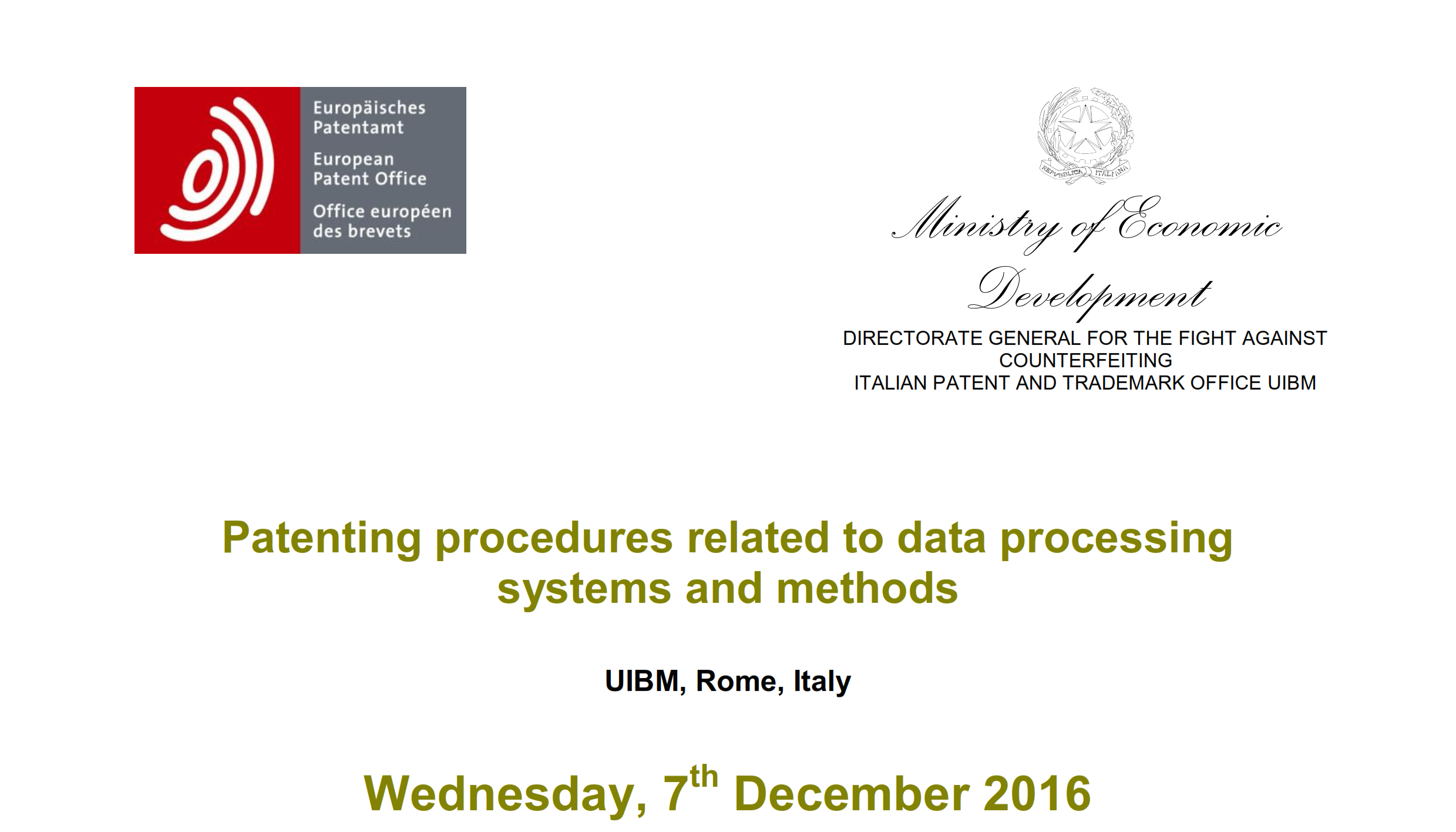
The judgement concerns an action against a decision of the Board of Appeal of EUIPO dismissing an appeal against the examiner’s decision to refuse the application for registration of a mark, on the ground that the trade mark sought was devoid of any distinctive character for the goods referred. Namely, in the application for registration, the mark at issue is described as “a pair of essentially equal curved strips positioned on the side of a tyre and running along its circumference. The trade mark in question is a position mark”, and the goods in respect of which registration was sought fall correspond to the following description: “Tyres, solid, semi-pneumatic and pneumatic tyres, rims and covers for vehicle wheels” (Class 12).
The applicant adduced new evidences for the first time before the General Court, both after the application was lodged and during the hearing, which were intended to support, in essence, the distinctive character of the mark applied for. The General Court confirmed that “facts not relied on by the parties before the adjudicatory bodies of EUIPO may not be relied on at the stage of the action before the General Court and that the General Court may not re-evaluate the factual circumstances in the light of evidence adduced for the first time before it. Indeed, the legality of a decision of a Board of Appeal of EUIPO must be assessed in the light of the information available to it when it adopted that decision”. Consequently, such evidences were held by the General Court as inadmissible.
Also, the General Court set forth that, “even though the applicant has claimed protection for additional goods, namely, rims and covers for the wheels of vehicles, the sign for which registration is sought is necessarily limited to tyres, being affixed to these, and not to any other goods. This is a direct consequence of the nature of the mark applied for, namely, a “position mark” affixed to the side of a tyre”.
Furthermore, the General Court reaffirmed that, although a minimum degree of distinctive character is sufficient, provided that “the trade mark enables the relevant public to identify the origin of the goods or services which it covers and to distinguish them from those of other undertakings”, “nevertheless, a sign which is excessively simple and is constituted of a basic geometrical figure, such as a circle, a line, a rectangle or a conventional pentagon, is not, in itself, capable of conveying a message which consumers will be able to remember, with the result that they will not regard it as a trade mark unless it has acquired distinctive character through use”.
In the present case, “the goods at issue are directed both at the public at large and a professional public”, and “the level of attention cannot be considered as being particularly high”. ”In any event, the question whether the relevant public is characterised by a high or particularly high level of attention is irrelevant. Having regard to the elements composing the mark applied for, which are characterised by extreme simplicity, the mark does not convey a message related to the commercial origin of the goods covered, whatever the relevant public’s level of attention”.
In fact, the General Court endorsed the contested decision setting forth that the mark applied for “is extremely simple and does not display any particular characteristics or an aspect easily and immediately perceived by the relevant public as indicating the commercial origin of the goods at issue. Consequently, consumers will perceive the contested sign as a mere decorative element affixed to the sidewall of tyres or any other goods covered by the application for registration”. Furthermore, “in order for a trade mark to be registered it is not sufficient for it to be original, it must also differ substantially from the basic shapes of the goods concerned, commonly used in trade, and must not appear as a simple variant of those shapes”.
As to acquired distinctiveness through use, the General Court confirmed that “it is necessary that at least a significant proportion of the relevant public, by virtue of that mark, identifies the goods or services concerned as originating from a particular undertaking. However, the circumstances in which that requirement for acquisition of distinctive character through use may be regarded as satisfied cannot be established solely by reference to general, abstract data such as predetermined percentages”. In that regard, “the applicant merely states that it has supplied since 2011, exclusively, tyres for Formula 1 Championship teams and that, therefore, the mark applied for enjoys wide televised media coverage, accordingly it is seen by millions of viewers across the entire world”. Nevertheless, it is not sufficient, for the purposes of recognising acquired distinctiveness through use, “that a mark has been seen by many. It is also necessary for those persons to be capable of attributing to that mark a distinctive function. None of the evidence presented provides information relating to the way in which the relevant public understands the mark”. Thus, “none of the evidence submitted makes it possible to show that the relevant persons or, at least, a significant proportion of these, identify, thanks to the mark applied for, the goods covered by it. The evidence submitted merely makes it possible to show that the sign for which registration was sought was used by the applicant on those goods. Nevertheless, they do not make it possible to show that the sign will be perceived by the relevant public as an indication of commercial origin of the goods covered by the mark applied for”, and no acquired distinctive character through use, at the time the trade mark application was submitted, has been recognised by the General Court. – Full judgement









